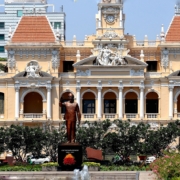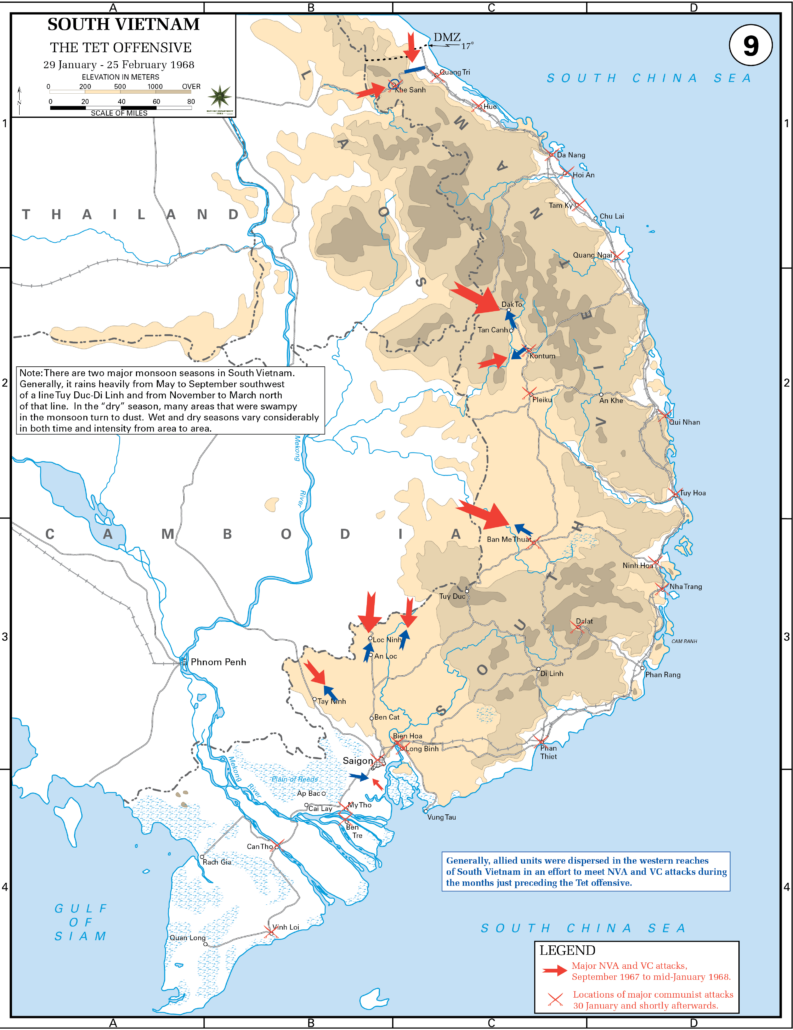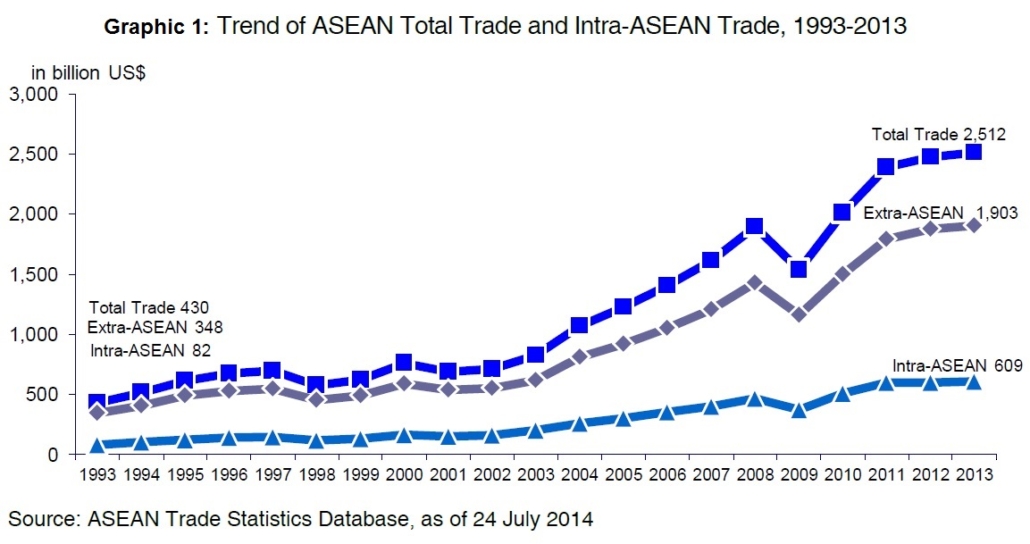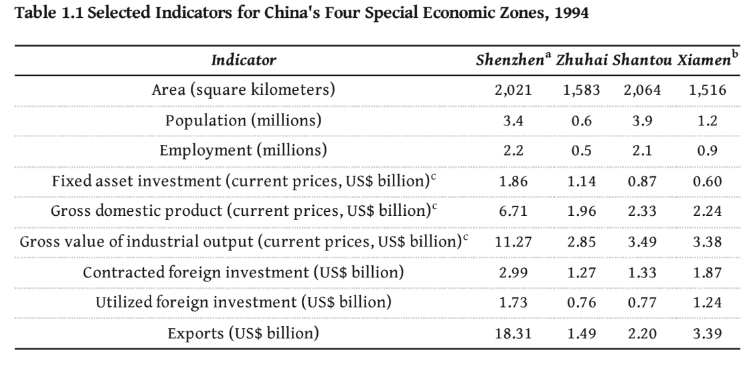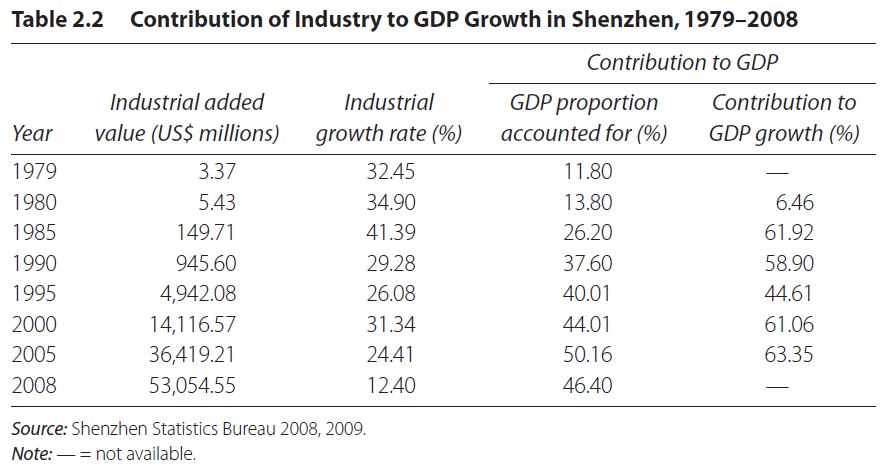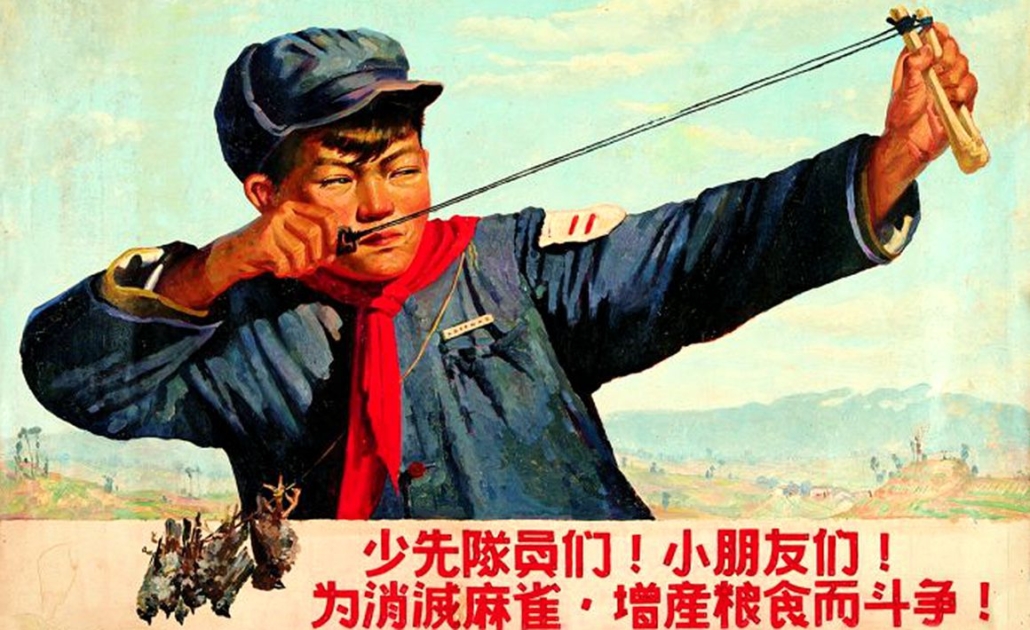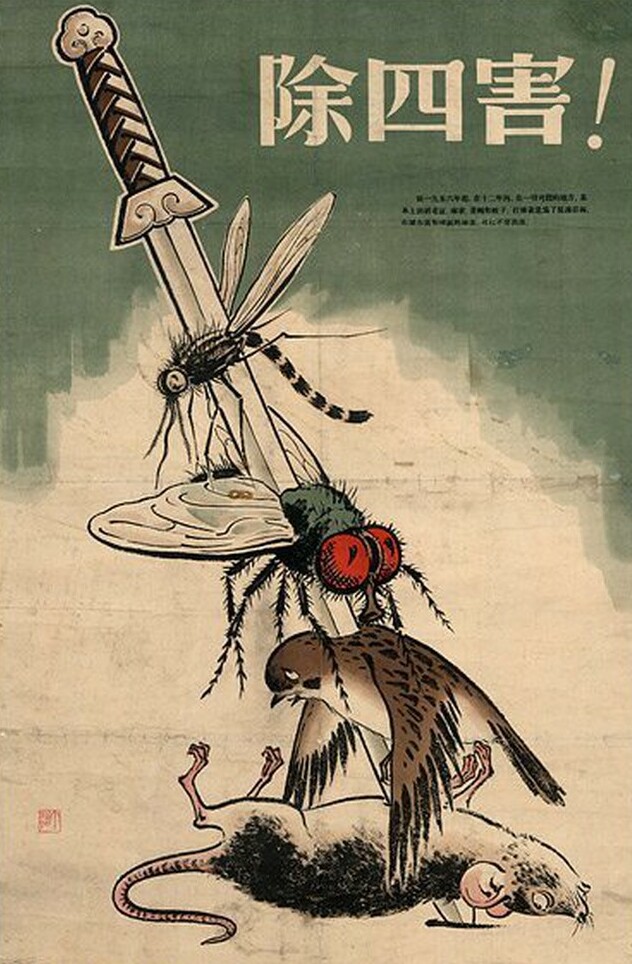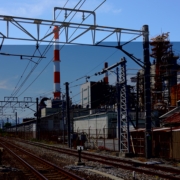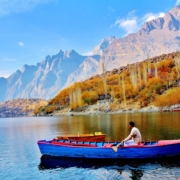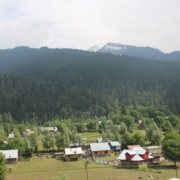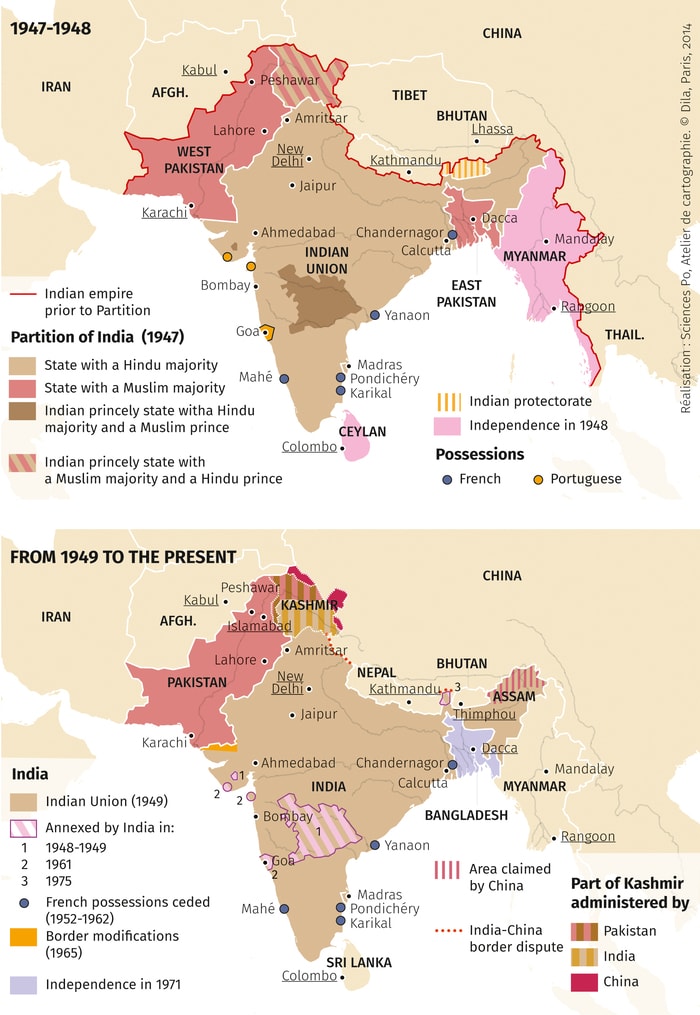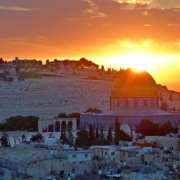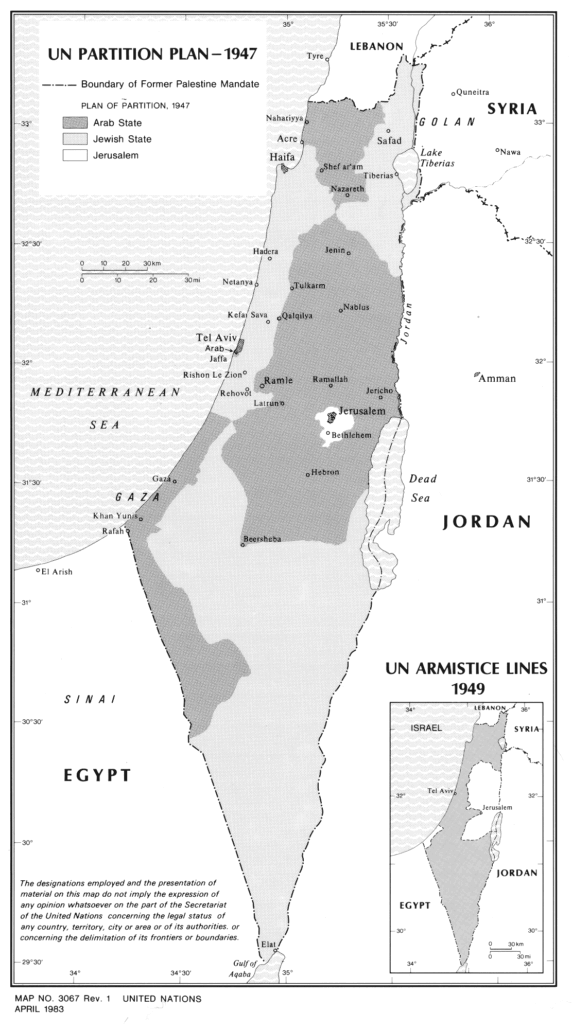Why did the Ten Day War Happen?
Topic of Study [For H2 History 9174 Students]:
Paper 1: Conflict and Cooperation (1945-2000)
Section B: Essay Writing
Theme III Chapter 4: Intra-State Conflicts [Bosnian War, 1992-1995]
Historical context: Slovenian Independence
In the wake of Josip Broz Tito‘s death on 4 May 1980 as well as the decline of Communism in Eastern Europe in 1989, the political stability of Yugoslavia was at risk. In addition, the 1974 Yugoslav Constitution and its provisions posed a strong impetus for the decentralisation of power to the republics.
As the former satellites under communist rule in Eastern Europe fell apart, Yugoslavia was increasingly influenced by democratic forces. On 8 April 1990, Slovenia held its first multiparty elections since World War Two. The Democratic Opposition of Slovenia (DEMOS) won the majority, forming the government of Slovenia.
On 25 June 1991, Slovenia declared independence from Yugoslavia, triggering the start of the Ten-Day War.
In the 1980s, Slovenians demanded the same things Americans asked for in the 1770s: free speech, right to assembly, democracy, and more control over the taxing and spending. They made two mistakes on their way to independence. First, in November 1989, Slovenia prohibited Serbs and Montenegrins from coming to Ljubljana to protest against Slovenia’s constitutional changes. This hypocritically contradicted their demand for free speech and free assembly. […]
Their second mistake was firing a gun. In 1991, Slovenia’s declaration of independence led to a ten-day civil war with Yugoslavia. […] Here’s the Ten-Day War summary: you’re carrying a grenade launcher and you’re fighting a seven-year-old Slovenian boy with a water pistol: “Bang! Bang! You’re dead!” the boy screams. You fall to the ground, pretending to be dead, and the boy declares victory.
An excerpt taken from “The Hidden Europe: What Eastern Europeans Can Teach Us” by Francis Tapon.
The military confrontation and the eventual cessation of hostilities
The Yugoslav government rejected Slovenia’s unilateral declaration of independence as seen by its deployment of the Yugoslav People’s Army (JNA) a day later. The JNA surrounded Slovenia, cutting the latter from the outside world. In retaliation, the Slovenian police and Territorial Defense set up barricades by using large transport vehicles. Yet, such efforts were futile as the JNA drove armoured vehicles.
Fortunately, the conflict came to an end with the signing of the Brioni Agreement on 7 July 1991. The European Community (EC) oversaw the peace process that involved representatives of Slovenia, Yugoslavia and Croatia.
Notably, the Agreement called for a ceasefire and the withdrawal of JNA forces from Slovenia. Negotiations on the future of Yugoslavia were to commence on 1 August 1991 and that the Yugoslav people were to determine their future.
The Brioni Agreement was significant in that it guaranteed the continued engagement of the EC in the Yugoslav situation through the legal establishment of the European Community Monitor Mission (ECMM). Furthermore, although it effectively suspended Slovenia’s bid for independence for three months, the Brioni Agreement paved the way for Slovenia’s full independence from Yugoslavia by extending a set of EC-issued prerequisites. After the Brioni Agreement was signed, the JNA withdrew its forces from Slovenia but repositioned them in Croatia, where violence continued until 1995.
An excerpt taken from “War in the Balkans: An Encyclopedic History from the Fall of the Ottoman Empire to the Breakup of Yugoslavia” by Richard C. Hall.
A short-lived peace in Croatia and the Start of the Bosnian War
Even after the Brioni Agreement was signed, the international community’s efforts to forestall a Yugoslav war were inadequate. For instance, the United Nations Security Council Resolution (UNSCR) 713 on 25 September 1991 was to impose an arms embargo on all former Yugoslav territories. Yet, the Serb forces used the military equipment of the JNA and the Croat and Bosniak forces gathered their military supplies via Croatia.
In late September 1991, the JNA advanced its forces into the capital of Bosnia and Herzegovina (BiH), Mostar, drawing strong protests by the local government. In response, the Bosniaks and Croats clashed with the JNA. By then, the Bosnian War had begun.
Join our JC History Tuition to learn more about the Bosnian War under the theme of Conflict and Cooperation. The H2 and H1 History Tuition feature online discussion and writing practices to enhance your knowledge application skills. Get useful study notes and clarify your doubts on the subject with the tutor. You can also follow our Telegram Channel to get useful updates.
We have other JC tuition classes, such as JC Math Tuition and JC Chemistry Tuition. For Secondary Tuition, we provide Secondary English Tuition, Secondary Math tuition, Secondary Chemistry Tuition, Social Studies Tuition, Geography, History Tuition and Secondary Economics Tuition. For Primary Tuition, we have Primary English, Math and Science Tuition. Call 9658 5789 to find out more.
t


